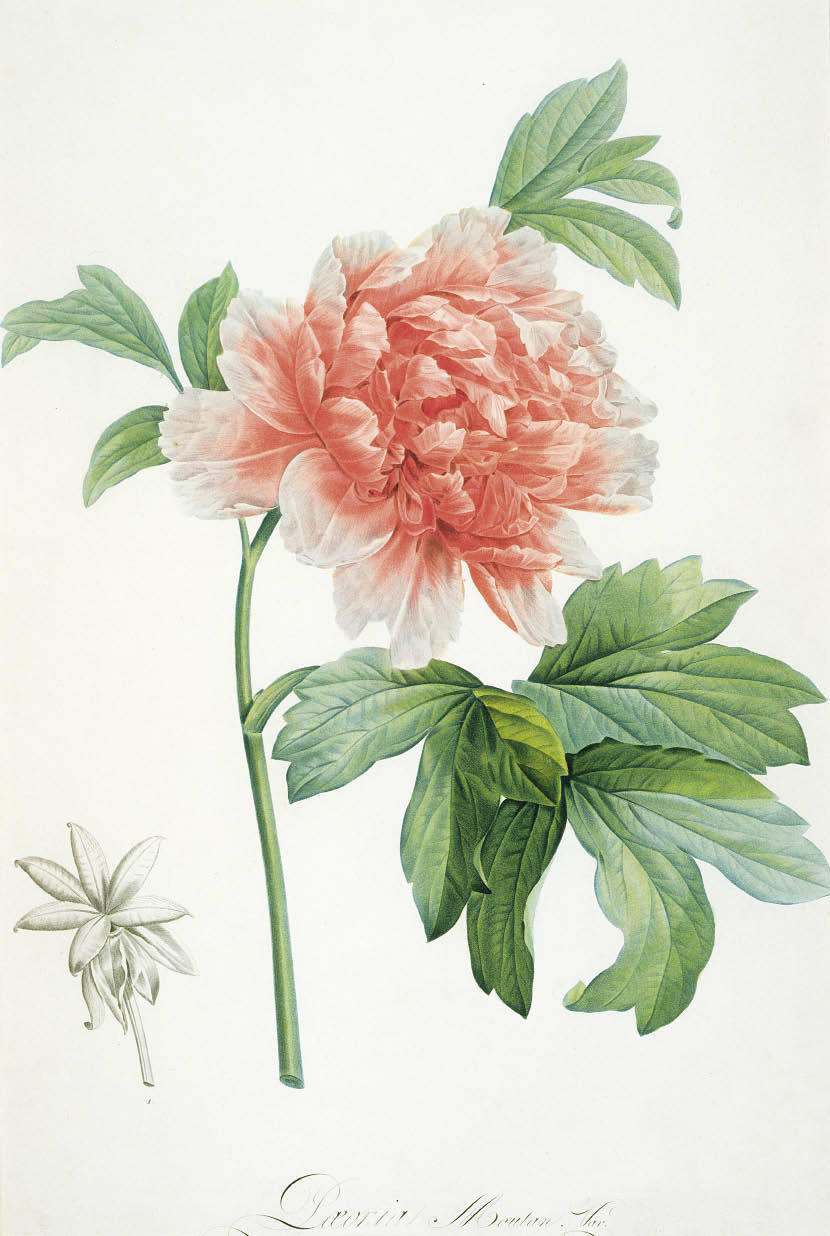In 1988 Katherine Swift took a lease on the Dower House at Morville Hall, a National Trust property in Shropshire, and created a one-and-a-half acre garden in what had been a field. In The Morville Hours (2008), she placed that garden in its landscape and wrote one of the finest books about the history, philosophy and the practice of gardening you are likely to read. She is currently working on a sequel, and The Morville Year is a very welcome interim volume, gathering the columns she wrote for The Times between 2001 and 2005.
The book is arranged by month, starting not in January but in March: as Swift characteristically points out, until the calendar was revised in 1752, the new year began on 25 March (Lady Day), the beginning of the growing season and the date from which leases and agricultural tenancies are traditionally still reckoned. The year unfolds, ending with another March and the promise of renewal. Gardening in the coldest county of England, Swift is particularly alert to the seasons and the weather, and she appreciates every aspect of the turning year. Each new angle of the sun, movement of cloud or change of light or temperature brings out some particular feature of the garden. The notion of ‘winter colour’, so often urged upon us by other writers and broadcasters, is not for her. ‘Winter lays bare the bones of a garden,’ she writes. ‘It is a time when one can appreciate the curve of a hedge, the siting of a path or walk, the relative volumes of the various spaces, without the distraction of flowers.’
The wonderful thing about these pieces is that they not only describe what is going on in Swift’s own garden but range across history, painting, landscape, language, geology, herbalism, cosmology, phenology and literature. She writes about the different ways in which the logs of different trees burn and smell in the fireplace, or uses Raphael’s ‘Madonna of the Pinks’ to expand upon the origins of the dianthus’s English name, which comes not from the colour (which was in fact derived from the plant) but from the ‘ornamental openings cut or punched in Elizabethan dress to show contrasting colours beneath’.
The reader learns not only how to deal with pot-bound agapanthus and the best way to summer-prune fruit trees, but that snowdrops are not native to Britain and were first introduced for medicinal purposes, classified in a 1465 glossary as an ‘emmenagogue’, used ‘to regulate the female reproductive system’. We discover that peonies derive their name from a physician called Paeon, who used the root of the plant to cure a wounded Pluto and had special hymns, or paeans, written in his honour; and that one of the unforeseen benefits of the break-up of the USSR was ‘a steady trickling back into this country of old varieties of hyacinth previously unknown or thought to be lost to cultivation’.
Swift is as much obsessed by words as she is by plants, and this book reflects her insistence upon both looking closely and describing precisely — a legacy no doubt of her earlier career ‘with pencil and magnifying glass’ as a rare-books librarian. Her description of ‘white golf balls of Allium stipitatum splitting their papery skins to reveal waxy yellow insides like hand-rolled balls of marzipan’ is absolutely exact, while that of the cockspur thorn, Crataegus crus-gallii, ‘all fizzing sparks of orange and flame and vermillion, then collapsing into a plumy heap beneath the glowing embers of its shining red berries’, makes you immediately long for a specimen in your own garden.
Newspaper columns are by their nature ephemeral, but this book, beautifully written, constantly illuminating and properly indexed, is one you will want to keep close at hand and revisit frequently.







Comments